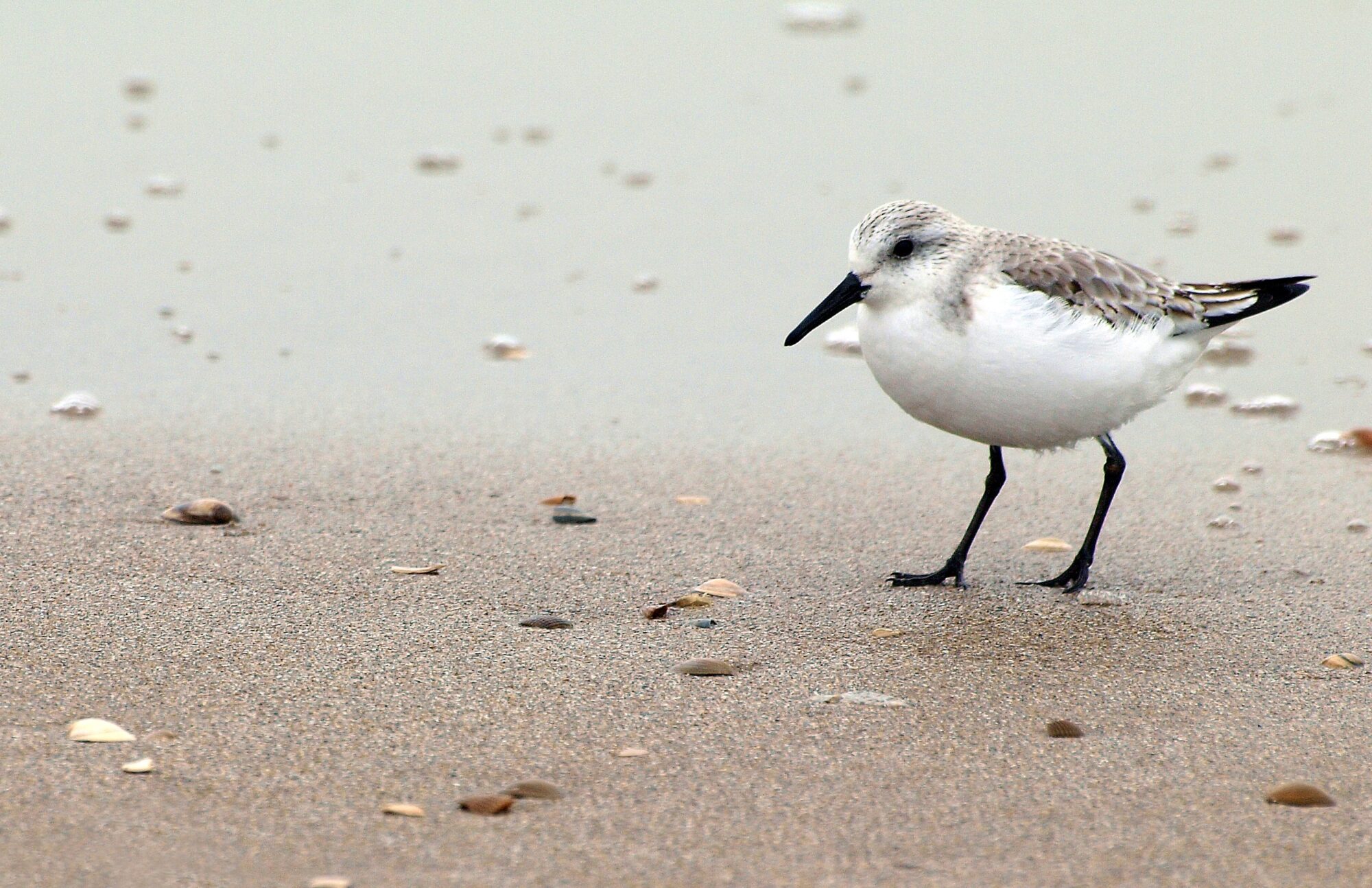So now it’s Pepe Le Pew. Of all the ridiculous accusations that anyone could throw at an animated cartoon character, Pepe has been “cancelled” because some fool, with waaay too much time on their hands (and prone to overthinking all kinds of minutiae) has alleged the loveable little skunk “normalises rape culture” via his heady passion for a cat he thinks is a lady skunk thanks to a randomly acquired white stripe down her back.
If you are spewing profanity right now, then we are on the same page. I am spewing swear words I didn’t even know I knew as I am writing this, because I cannot fathom why some people crave finding offence where it doesn’t exist.
I loved everything about the Pepe Le Pew cartoons; the quaint French scenes, all the ways the cat could manage to acquire that white stripe, and the antics in general. But what the wowsers are deliberately avoiding here is WHY she really objected to Pepe’s passionate pursuit. It was not his amour that set her to flight, but his distinctive odour, represented by that shadowy wave from the tip of his tail, trailing in his wake. This was made as plain as day. in those cartoons and that’s how kids viewed it. Not sexual aggression, it was all about the whiff. End of story.
But Pepe is not the first to attract baseless criticism. Some years ago it was Tom and Jerry. “Too violent” carped the censorious minority who also had Noddy in their sights. “And it so is!” claimed the sister of a close associate of mine. “So tell me” he queried “are they acting out what they’ve been watching on each other?”
“What?” she spluttered “No! Of course not!”
“So what does that tell you?”
But a surprising number of parents did believe it, without really thinking about it, and started turning off Tom and Jerry and any other cartoons they sought, in vain, to find fault with. And that’s how easy it is to get people onside with stupidity.
And look what happened to Barbie! She was castigated for propagating “body image issues” in young girls. I watched a documentary on this subject where some little girls where brought in to discuss Barbie. Yes, they agreed, she was “sooo beautiful”. They just loved everything about Barbie, but when the woman who was making the doco asked them if they wanted to look like Barbie when they grew up, they looked at her like she had two heads. “But she’s a doll!” said one. “Why would someone want to look like a doll?” chimed in another and the rest of them had similar responses. Bingo!
I had to give the woman ten points for trying though. She phrased the same question several ways to try to coerce them into agreeing they felt pressured, thus intent on starving themselves almost to death and having lots of cosmetic procedures so they could look like a Barbie doll when they grew up, but the kids weren’t having any of it. They also rejected the PC “real women” version of the doll in favour of the original glamour puss. Well…duh!
And now Pepe Le Pew is accused of “normalising” sexually predatory behaviour, hence his trip to the cutting room floor in Space Jam 2, and I am deeply offended.
It’s cancel culture run amok.
